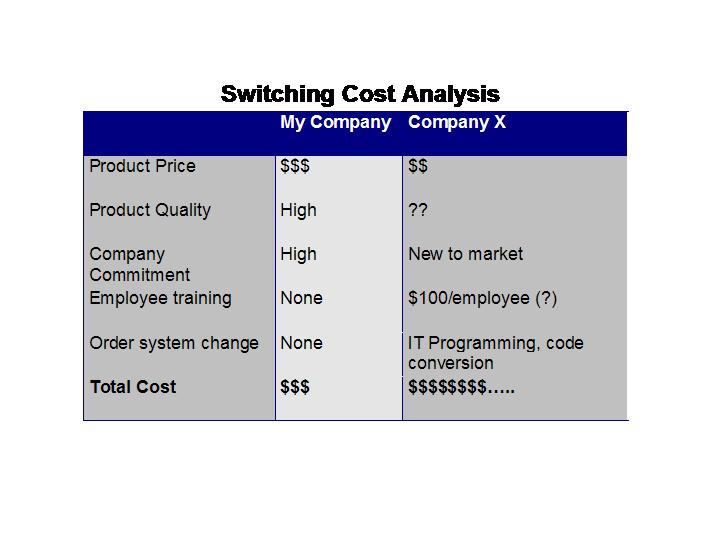How do you capture competitive intelligence from Sales?
The first rule with Sales is “You must give what they need in order to get.” Giving is one of the key principles of cooperative intelligence. It’s also helpful if you put yourself in Sales’ shoes. I was lucky in that I sold for a few years before I started our competitive intelligence initiative at Bell Atlantic, now part of Verizon. Thus, I had credibility since I knew the challenges that Sales faced first-hand.
If you have no sales experience, you can gain insight by accompanying Sales on customer calls. Other ways to connect with Sales include listening in on their challenges through Sales conference calls, attending Sales rallies, and perhaps getting on the agenda to speak at such a rally. It’s great if you can connect with Sales new hires. A great way to connect then is by providing competitive intelligence training as part of Sales orientation. That way you can also meet Sales people who may have come from the competition.
You gain sales intelligence and learn why customers do or don’t buy through win loss analysis. However, even though you include Sales in win loss, they may feel threatened when someone else calls their customer, treading on their precious relationship.

One tool that been very popular with Sales forces over the years is “Switching Cost Analysis.” The goal is to help retain your customers! As a competitive intelligence professional, you can help Sales boost their creativity in using this tool. This technique is a great way to capture competitive intelligence from Sales.
Often the purchase price for your product is more expensive than the competitor’s. However, once you identify all the hidden costs, the cost for the customer to switch to the competitor’s product might be more expensive than if they stayed with your company’s solution.
When I sold telecommunications systems, for example, my competitors only included the cost of the phone equipment and conveniently left out all the network fees required to make their phone system work. I included that cost. They also downplayed the cost and time to train people how to use new technology: not just the user’s but also the customer’s installation and maintenance people. You can help your sales force be more creative about what costs your competitor may be omitting, and perhaps cast a shadow of a doubt about the competition. If they forget to include too many costs, the customer might wonder what else the competitor is not telling them! When you show Sales how effective this technique can be to close deals, they will want to thank you. A popular way to reciprocate is capture competitive intelligence from Sales.
Learn more about competitive intelligence
Win/Loss Analysis book; Amazon link to Win/Loss Analysis book
Join our mailing list and get our cheat sheets on “How to Build a World Class Win/Loss Program.”
